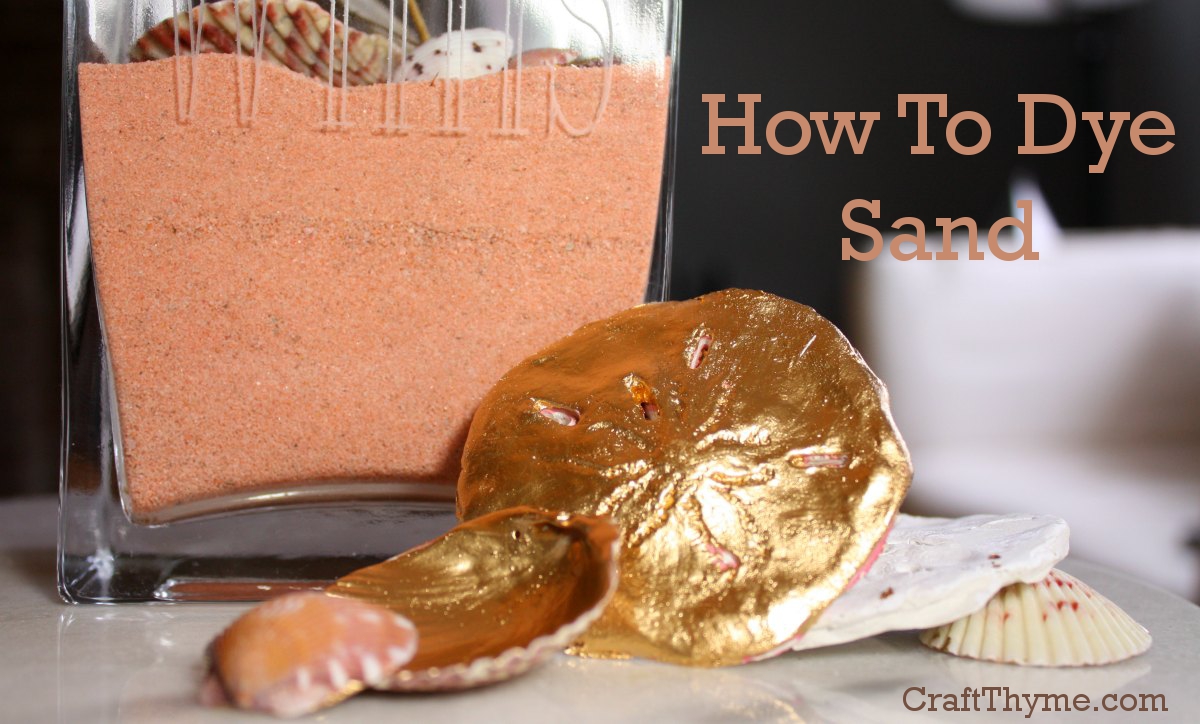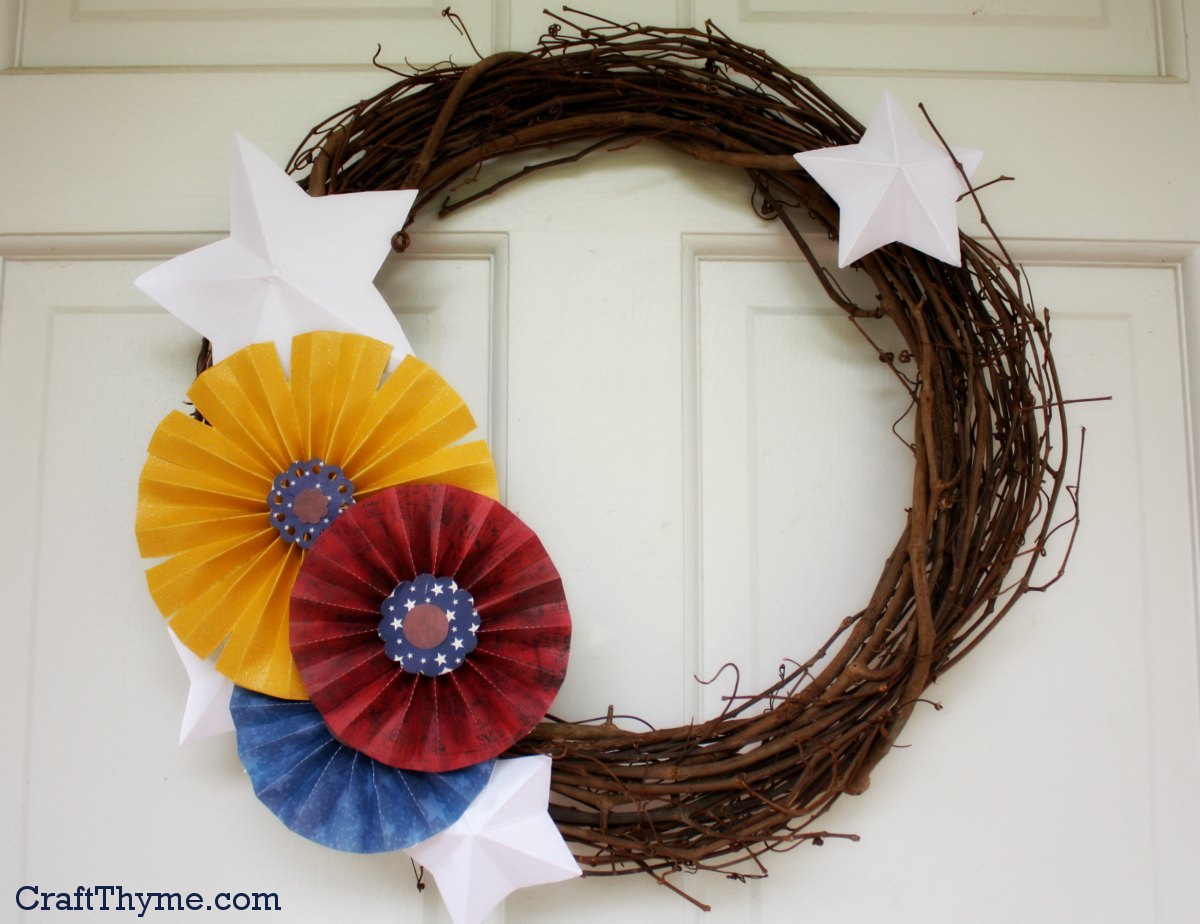
Honestly, one of my absolute favorite things to do is change the color of things. You would be amazed the number of things you can dye, sand just being one of them. See how to dye sand so you will never need to go buy the colored stuff for arrangements, crafts, and kid friendly art. On to the tutorial:

Supplies:

Sand: $2.50 (US) will snag you 50 lbs of play sand at the hardware store or you can simply steal some from your kid’s sandbox while they are napping
Rubbing Alcohol: Higher the alcohol content, the faster it dries
STURDY Plastic Bag
Food Coloring: Cheap liquid will do just fine
Cookie Sheet or something on which the sand can dry
Step 1: Pour Everything In a Bag

I already knew what container my sand was going to go in, so I poured in slightly more than I needed to measure it. Then I simply poured sand in the STURDY bag. Shall I repeat sturdy? Start with only a few drops of the color you want to achieve. I was going for a coral-pink so I put about 5 drops of red and 3 of yellow to begin. Then throw in some alcohol. I’m not much for measuring, just give it a splash.
Step 2: Smoosh and Repeat

What is the technical term we need for this step. Umm… Squeeze the bag? Smoosh the sand around? Knead the color in? Whatever you do, move the sand around until the color is evenly distributed. If it is really hard to mix add a splash more rubbing alcohol.
Perhaps you are thinking “whoa that is a little light/dark/fugly” while looking at the color. Hold up! before you go messing with it. Make sure it is fully mixed before making assumptions. If you are trying to match a color (see the ribbon above) then make one special note: It dries much lighter.
I wanted sand a couple shades lighter than the above pink ribbon so I matched it to the exact shade before drying.
Step 3: Remember that gross cookie sheet?
Once you have the color you want spread the sand out on a cookie sheet. Might I suggest gloves unless you also want to DIY dye your hand?
You can bake the sand at the lowest setting on your oven until dry (always check on the sand to make sure you aren’t about to cause some sort of oven fire, though I am unaware of spontaneous sand combustion) or leave it out overnight to dry.
That is pretty much all there is to dyeing sand. So go “borrow” some sand from your kids and get crafty.



















